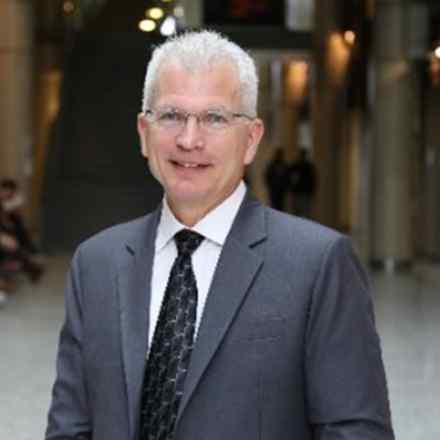3 Modules
Instructor Guides
Close Captioned
Re-Use Encouraged
Project Details
Advanced ceramic materials play a crucial enabling role in many industrial sectors including energy, bio-medical, automotive, and aerospace. Therefore, knowledge of the unique properties of this class of materials is a key component of a materials engineering curriculum. These programs are often among the smallest undergraduate programs within an Engineering Faculty, and therefore it is difficult to regularly offer this type of specialized course. This project will create modules to support the teaching of specialized advanced ceramic materials topics, which taken together would constitute a stand-alone online course at the 4th year or introductory graduate student level, the first such open access course available in eCampus. Individual modules could also be incorporated into existing courses to add specialized content. Collaboration with subject matter experts at several Ontario universities will assure the content, structure, and academic level of the modules are compatible with existing programs, thereby leveraging the existing limited resources.
The ability to offer the wide variety of specialized technical elective courses desired in engineering programs at the 4th year undergraduate and introductory graduate student level are limited in individual programs in any given year by considerations of class size and instructor availability. This is especially true for courses focused on the processing, structure, properties, and applications of advanced ceramic materials. This project addresses these issues through the following objectives:
- Collaborate with instructors and subject matter experts in engineering programs across Ontario to design and develop of set of flexible and reusable online learning modules that support teaching concepts and topics unique to this class of materials.
- Apply learner-centred design and universal instructional design principles to present a coherent view of multiple aspects of the science and engineering of advanced ceramic materials.
- Present key themes in a scaffolded sequence and accompanied by learning activities and formative assessment resources to optimize student engagement.
- Ensure access to a high-quality OER digital resource that is accessible and inclusive by design, and easily incorporated within engineering program curricula across Ontario.
Learning Outcomes
Upon completion of this course, you will be able to:
- Relate the electrical, dielectric, optical, magnetic, mechanical and thermal properties of ceramic materials to their bonding characteristics, crystal and defect structures, and microstructures.
- Explain how these structure-property relations determine the performance of ceramic materials in specific applications such as sensors, solid oxide fuel cells, magnets, and structural components.
How to use these modules in your course
This project page connects instructors to elearning modules, available for use in Ontario higher education environments. While you can preview the modules through this website, it does not offer a formal learning experience (nor certification).
- Visit the individual module page
- Download the SCORM package for the module
- Upload the SCORM package into your institutional learning management system
Please do not share the "Preview Module" link in your course; this content is hosted via an external third party tool and should not be considered reliable for educational use.

